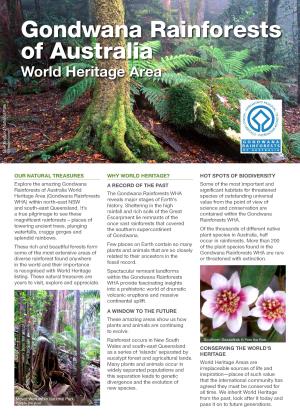The Macdonald River is a tributary of the Hawkesbury River and lies north of the Hawkesbury and Colo Rivers and south of the Hunter Valley. A large portion of the Macdonald catchment is within Yengo National Park. Putty State Forest is located in the most northern section of the catchment and freehold land falls between the state forest and national park.
The Macdonald River was found to have a loss of biological diversity, probably due to a lack of habitat diversity in the river waters caused by sedimentation. A geomorphic assessment of the river indicated it is in poor condition due to extensive sedimentation. It is likely that human activities, land clearing together with high intensity fires in particular, may be the cause of sand slugs (large sediment deposits) in the Macdonald River. For this reason the Macdonald River can not be considered ‘substantially unmodified’ since pre-European times and does not meet the criteria for wild rivers.











